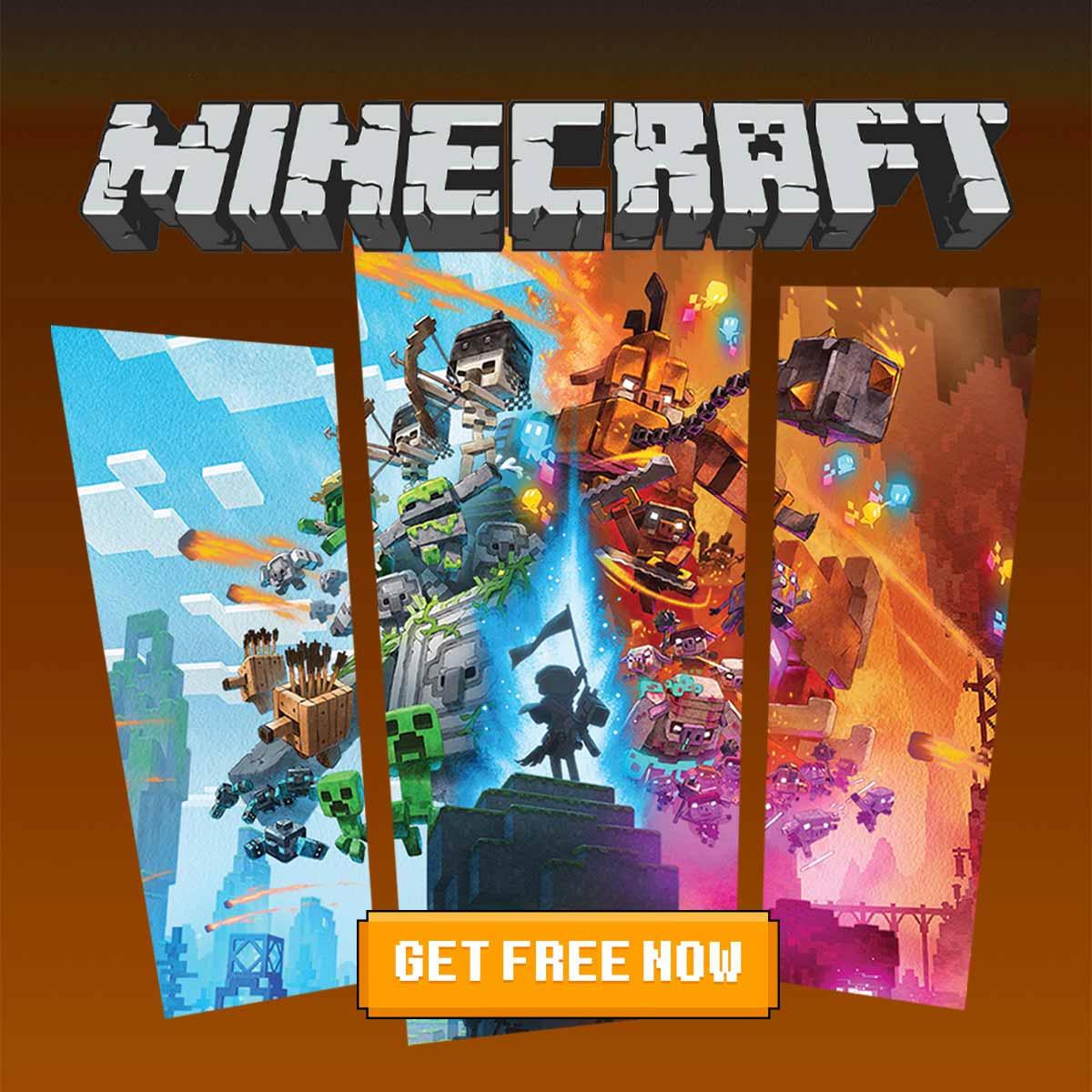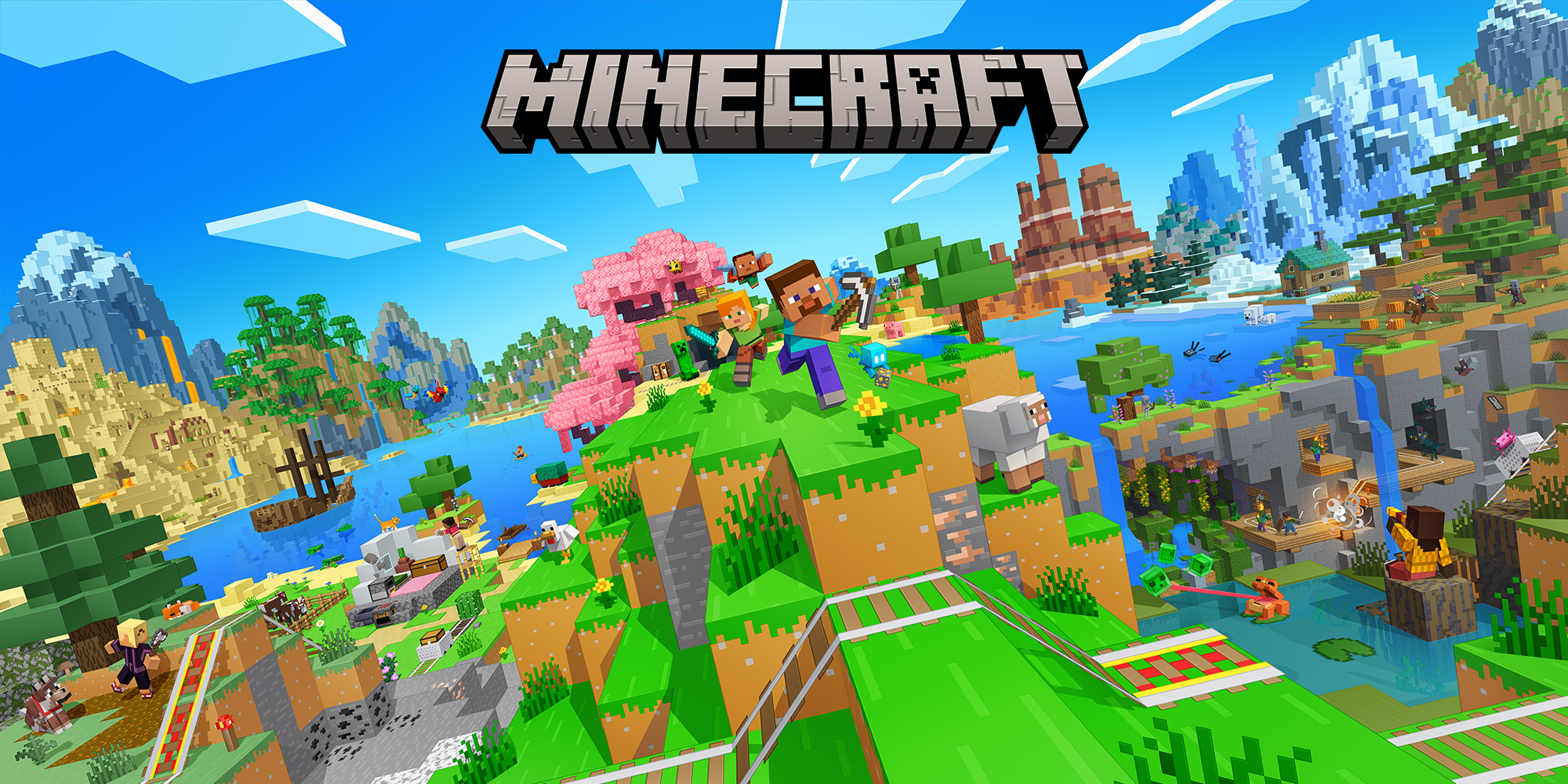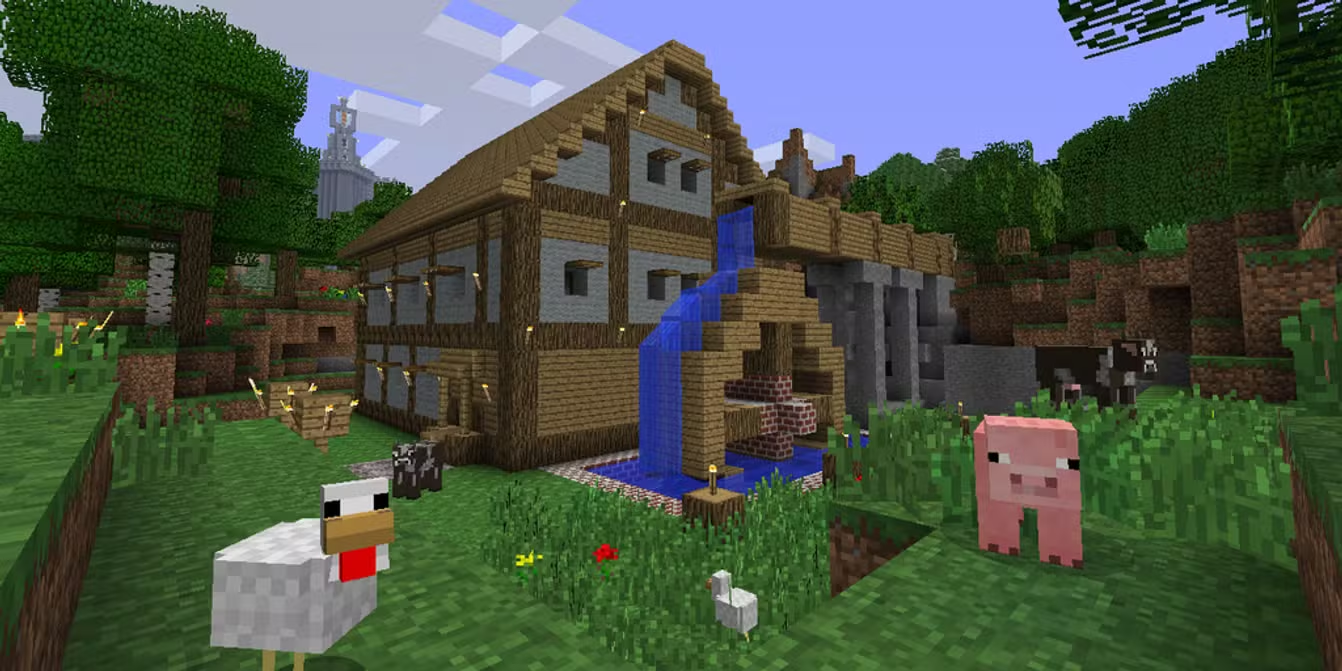
Minecraft
All trademarks belong to their respective owners. Get Gamedfasgfghfgjhf
The Endless Canvas: Minecraft’s Impact on Creativity and Learning
Minecraft transcends its status as a mere video game; it is a profound platform for creativity, learning, and self-expression that has profoundly impacted millions globally. Its open-ended nature and intuitive block-based mechanics provide an unparalleled digital canvas, fostering skills that extend far beyond the virtual world. From fostering architectural design and engineering principles to encouraging problem-solving and collaborative teamwork, Minecraft’s influence on both entertainment and education is undeniable.

At its core, Minecraft is a testament to the power of unstructured play. By providing a vast, procedurally generated world and a simple interface for manipulating blocks, the game empowers players to define their own goals and narratives. This freedom from explicit rules or objectives stimulates imaginative thinking, allowing individuals to build anything from quaint cottages and sprawling cities to intricate Redstone contraptions and fantastical pixel art. This process of visualization and manifestation directly cultivates architectural and spatial reasoning skills. Players learn about scale, proportion, material properties, and structural integrity as they design and construct their digital masterpieces. They experiment with different block types, colors, and textures, developing an aesthetic sense and an understanding of visual design.
Beyond static builds, the integration of Redstone introduces players to fundamental engineering and programming concepts. Redstone dust acts as wiring, components like levers, buttons, and pressure plates serve as inputs, and pistons, lamps, and dispensers function as outputs. Players learn about circuits, logic gates (AND, OR, NOT), timing, and automation. Building a simple automatic door might seem trivial, but it introduces the concepts of inputs, outputs, and basic logic. Scaling up to complex automated farms or functional calculators within the game provides hands-on experience with systems thinking, debugging, and iterative design—skills directly applicable in fields like computer science and robotics. This playful introduction to complex principles often sparks a genuine interest in STEM subjects.
Problem-solving is woven into the very fabric of Minecraft, particularly in Survival Mode. Players constantly face challenges: how to survive the first night, where to find specific resources, how to build a mob-proof shelter, or how to navigate a treacherous cave system. Each challenge requires critical thinking, planning, and adaptation. If a bridge needs to be built across a ravine, players must consider materials, support structures, and potential dangers. When encountering a hostile mob, they must quickly assess the threat and devise a combat strategy or escape plan. This continuous loop of problem identification, solution generation, and execution sharpens analytical abilities.
Collaboration and social skills are also significantly enhanced through Minecraft’s multiplayer features. When players join servers or Realms, they learn to communicate effectively, negotiate roles, share resources, and work together on grand projects. Building a shared city or embarking on a joint expedition to the Ender Dragon requires coordination, compromise, and mutual respect. Resolving conflicts, understanding different playstyles, and contributing to a shared vision are invaluable social lessons learned in a fun, low-stakes environment. Competitive mini-game servers also teach sportsmanship and strategic team play.

Furthermore, Minecraft encourages resource management and economic understanding. Players learn the value of different materials, the efficiency of various tools, and the importance of sustainable resource gathering. Trading with villagers introduces concepts of supply and demand, barter, and economic exchange. Managing inventory space, prioritizing valuable items, and establishing efficient farming systems all contribute to practical life skills related to organization and resource allocation.
The game’s open-ended nature also fosters digital literacy and adaptability. With frequent updates, new content, and the vast world of mods (for Java Edition), players are constantly exposed to new features and systems, encouraging them to research, experiment, and learn independently. This self-directed learning approach, combined with the game’s intuitive interface, makes it an accessible entry point into digital creation for a wide age range.
In conclusion, Minecraft is far more than just a game for entertainment. It stands as a powerful educational tool and a boundless creative outlet. By allowing players to construct, engineer, explore, and collaborate in an environment limited only by their imagination, Minecraft cultivates essential 21st-century skills, sparking a lifelong passion for learning and innovation in millions of players worldwide. Its impact is a testament to the idea that the most profound learning often happens when we are simply having fun.